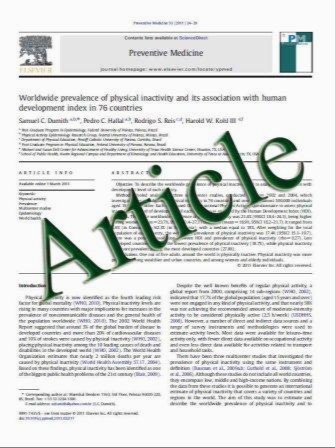Influence of Vessel Size and Tortuosity on In-stent Restenosis After Stent Implantation in the Vertebral Artery Ostium
- نوع فایل : کتاب
- زبان : انگلیسی
- مؤلف : Zhiming Zhou Qin Yin Gelin Xu Xuanye Yue Renliang Zhang Wusheng Zhu Xiaobing Fan Minmin Ma Xinfeng Liu
- چاپ و سال / کشور: 2010
Description
Purpose Percutaneous transluminal angioplasty and stenting is emerging as an alternative for treating atherosclerotic stenosis in the vertebral artery ostium. However, in-stent restenosis (ISR) still remains a critical issue to be addressed. Little is known about the relationship between anatomic characteristics of the artery and ISR after stent implantation. In this study, we have evaluated influential factors for ISR in a cohort of the patients with stenting in the vertebral artery ostium. Methods Sixty-one patients with 63 symptomatic lesions in vertebral artery ostium treated with stenting were enrolled onto this study. An average of 12.5 months’ clinical and angiographic follow-up results were analyzed retrospectively. The possible influential factors for ISR, including conventional risk factors of cerebrovascular diseases and morphological characteristics of target lesions, were evaluated by univariate and multivariate regression analysis. Results Technical success was achieved in all 63 interventional procedures. Stenosis was reduced from (mean ± standard deviation) 75.5 ± 12% before to 1 ± 3.6% after the procedure. During the mean 12.5-month angiographic follow-up, ISR was detected in 17 treated vessels (27.0%), with 2 treated arteries (3.2%) resulting in occlusion, and a stent fracture in 1 case (1.6%). Multivariate Cox regression analysis showed that the tortuosity of V1 (hazard ratio 3.54, P = 0.01) and smaller diameter of the stent (hazard ratio 3.8, P = 0.04) were independent predictors of ISR. Conclusions Angioplasty and stenting for symptomatic stenosis in the vertebral artery ostium stenosis seem to be feasible and effective. Tortuosity and smaller diameter may affect ISR after stent implantation.
Cardiovasc Intervent Radiol (2011) 34:481–487 DOI 10.1007/s00270-010-9953-4 Received: 15 May 2010 / Accepted: 7 July 2010 / Published online: 4 August 2010


